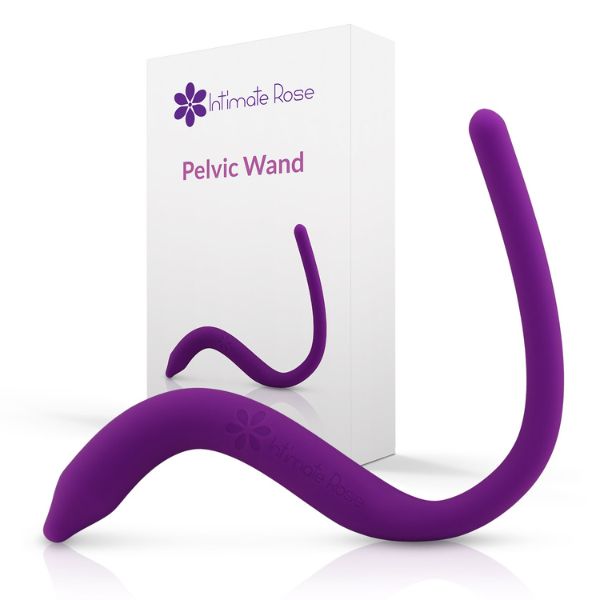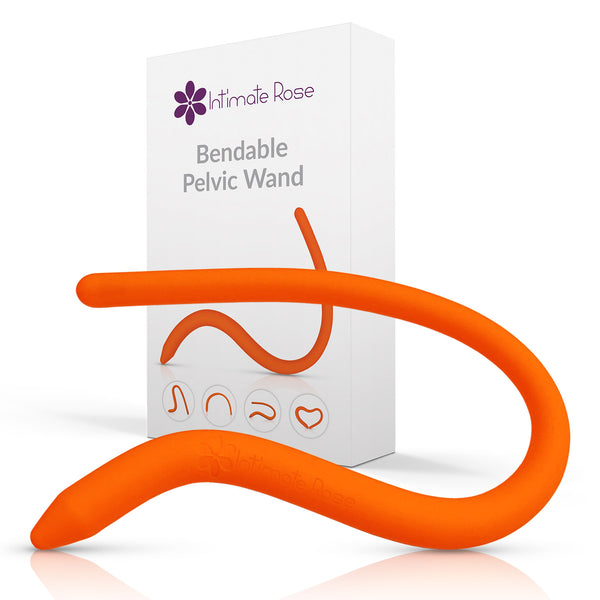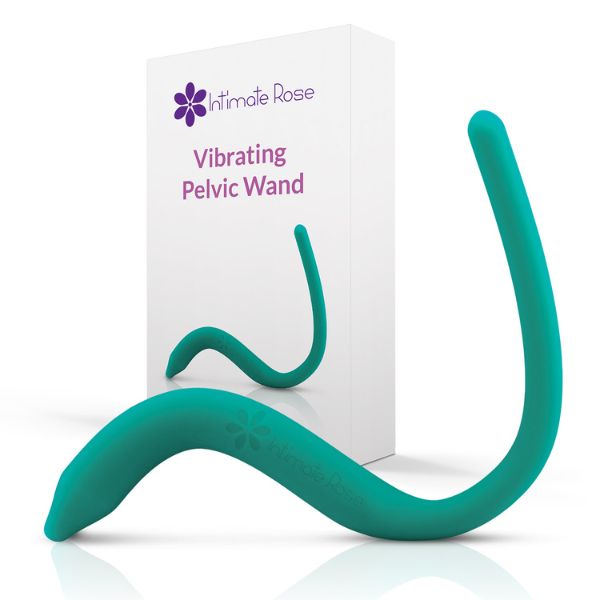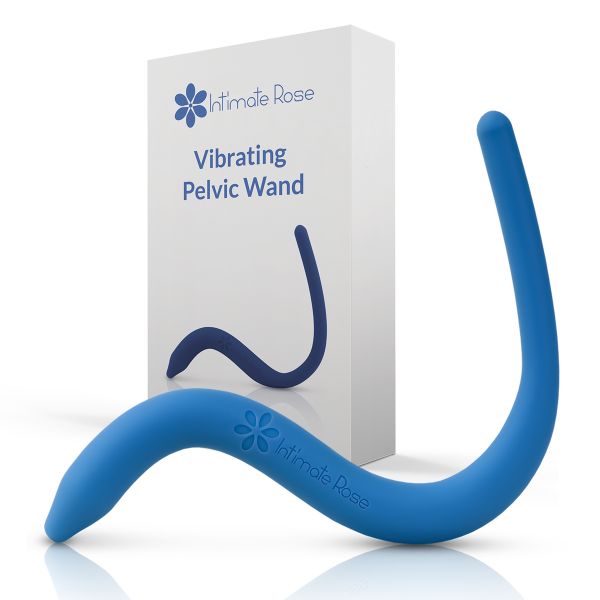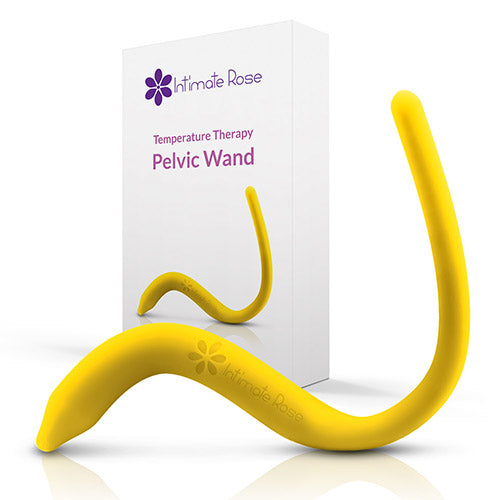
Apply for Free Samples

Apply for Free Samples
Her symptoms included:
-
Feeling like a tampon was falling out
-
Constipation and straining
-
Vaginal dryness
-
Lower abdominal pain
-
Incontinence and dribbling
-
Incomplete bladder emptying
Objective findings included:
-
Swayback posture, posterior pelvic tilt, and knee hyperextension
-
Weak hip external rotators and glutes
-
Overuse of psoas, DRA (3-finger width)
-
Positive left SI joint tests
Movement diagnoses:
-
Underactive pelvic floor
-
Pelvic tissue impairment
-
Movement coordination deficit
Treatment included:
-
Education: toileting posture, hydration, childcare positioning
-
Manual therapy: colon massage, pelvic floor facilitation, fascial mobilization
-
Exercises: pelvic floor holds (5–20s), DRA-focused core work, hip strengthening
-
Functional training: diaphragmatic breathing, resisted sit-to-stand, step-ups, trampoline jumping
Results:
After 14 sessions over 18 weeks, her PFDI-SF-20 score improved by 56 points, surpassing the 45-point MCID—showing significant reduction in symptom distress.
💡 This case highlights the value of a movement-system-guided approach in shaping effective postpartum treatment. With so many systems impacted during pregnancy and delivery, assessing both structure and movement is critical to lasting improvement.
Pelvic Wands


Apply for Free Samples




